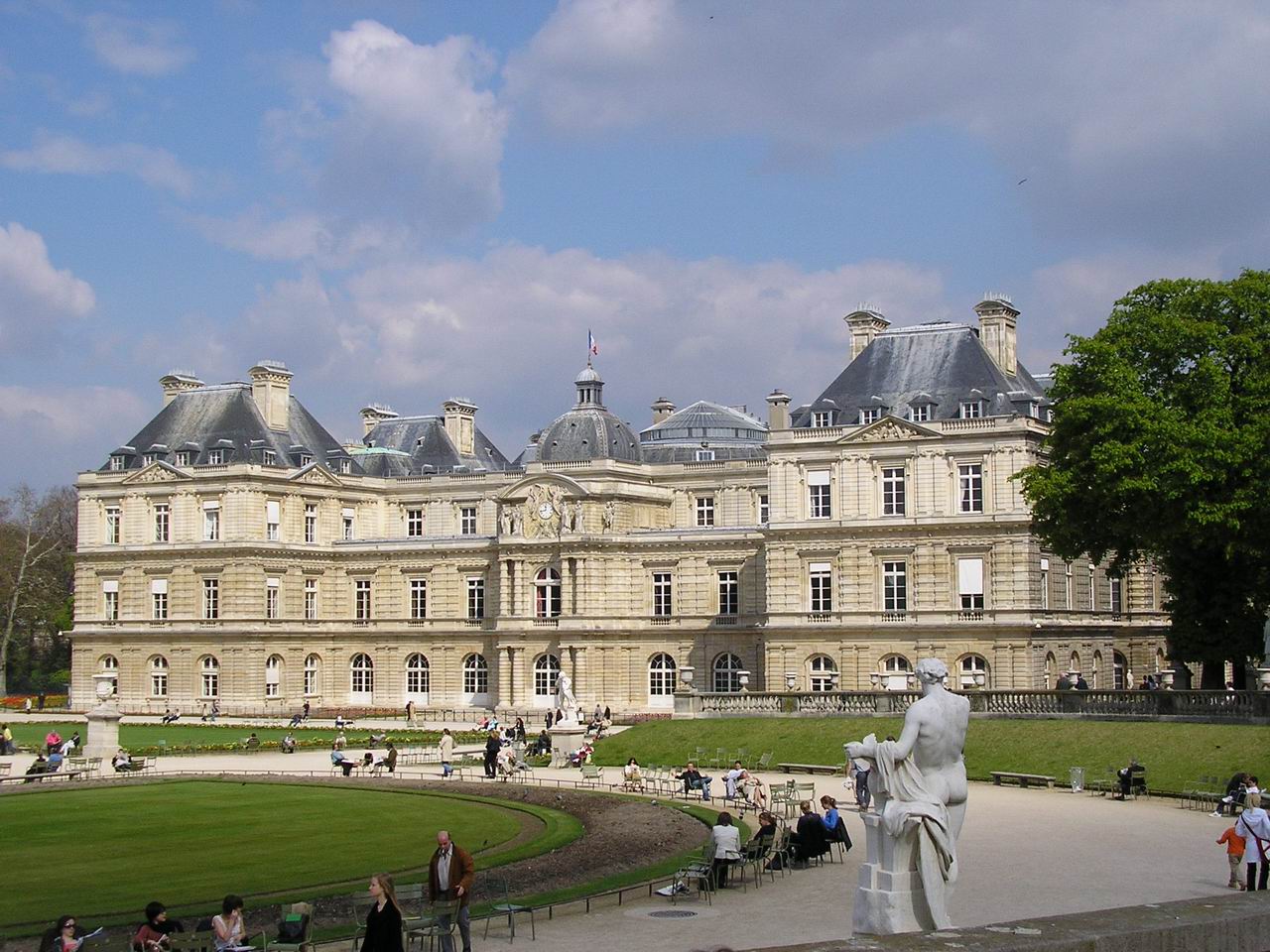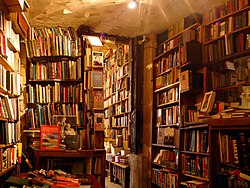This topic include: Tourist attractions in Paris, tourist places in Paris, places to visit in Paris, Information about Paris, Paris history, Paris Photos, Climate in Paris .

Info about Paris, the cosmopolitan capital of France,
with 2.2 million people living in the dense (105 km²) central city and almost 12 million people living in the whole metropolitan area - one of the largest agglomerations in Europe. Located in the north of the country on the river Seine, Paris has the reputation of being the most beautiful and romantic of all cities, brimming with historic associations and remaining vastly influential in the realms of culture, art, fashion, food and design. Dubbed the City of Light (la Ville Lumière) and Capital of Fashion, it is home to the world's finest and most luxurious fashion designers and cosmetics, such as Chanel No.5, Christian Dior, Yves Saint-Laurent, Guerlain, Lancôme,L'Oréal, Clarins, etc. A large part of the city, including the River Seine, is a UNESCO World Heritage Site. The city has the second highest number of Michelin-restaurants in the world (after Tokyo) and contains numerous iconic landmarks, such as the world's most visited tourist sitethe Eiffel Tower, the Arc de Triomphe, the Notre-Dame Cathedral, the Louvre Museum, Moulin Rouge, Lido etc, making it the most popular tourist destination in the world with 45 million tourists annually.
Tourist places in Paris
1- Eiffel Tower
The view of the ‘city of light’ by night is mesmerizing from the tip of the city’s iconic spire, with its 360-degree panoramas over Paris. Over 250 million people have ascended the tower to date. Most visit its three platforms (57m, 115m and 276m) in daytime hours, when, on a clear day, views from the top extend up to 60km. Far fewer visitors make the pilgrimage after sunset, when queues are significantly shorter. Night-time at the top can be breezy – bring a jacket…
2- Musée d’Orsay
The home of France’s national collection from the Impressionist, Post-impressionist and Art Nouveau movements is, appropriately, the glorious former Gare d’Orsay Art Nouveau railway station. On the ground floor you’ll find earlier works of the era, while the middle level has some stunning Art Nouveau rooms and sculptures. On the skylit upper level, masterpieces include Manet’s On The Beach; Renoir’s Ball at the Moulin de la Galette; Degas’ ballerinas and Van Gogh’s scenes of Auvers-sur-Oise just outside Paris (where he died and is buried).3- Jardin du Luxembourg
The merest ray of sunshine is enough to draw apartment-dwelling Parisians outdoors. You’ll see locals unwinding throughout the city: in parks, on bridges and on the banks of the Seine. But the Luxembourg Gardens have a special place in the hearts of Parisians. Napoleon dedicated the gardens to the children of Paris, and many residents spent their childhood prodding little wooden sail boats with long sticks on the octagonal pond, watching marionettes perform Punch & Judy–type shows, and riding the carousel (merry-go-round) or ponies.
4- Markets
Nowhere encapsulates Paris’ village atmosphere more than its street markets. Not simply places to shop, the markets are social gatherings for the entire neighbourhood, where residents toting quintessentially Parisian canvas shopping bags on wheels chat with stallholders and pick up culinary tips.
5- Mosquée de Paris
Built between 1922 and 1926 and topped by a 26m-high minaret, Paris’ art deco–Moorish mosque is a treat off the beaten track. Provided you’re modestly dressed, you can wander through the colonnaded courtyards – with incredible acoustics during the Call to Prayer – and leaf through ancient Arabic texts in the library.
6- Shakespeare & Co
A kind of spell descends as you enter this cluttered, charming bookshop opposite Notre Dame. Its enchanting nooks and crannies overflow with new and secondhand English-language books, while amid handpainted quotations and a wishing well, a miniature staircase leads to an atticlike reading library. The bookshop is the stuff of legends. The original shop (12 rue l’Odéon; closed by the Nazis in 1941) was run by Sylvia Beach and became the meeting point for Gertrude Stein’s ‘Lost Generation’. Beach published James Joyce’s Ulysses there in 1922, when no one else would.
7- Île St Louis
The Île St-Louis’ tiny streets – where you’ll still see the odd Citroën 2CV among its few cars – are a quiet respite from the city’s hubbub. Quaint shops are dotted around the island, while its riverbanks and bridges are idyllic for listening to buskers or just watching the riverboats glide by. A stroll here is a favourite pastime for Parisians as well as visitors, but it wouldn’t be complete without a cone of Berthillon ice cream in hand.
8- The Louvre
Stretching a whopping 700m along the Seine, it’s estimated it would take nine months just to glance at every artwork in the world’s largest museum. But – with a bit of planning – it doesn’t disappoint. Save time by purchasing your ticket from the Louvre’s website, ticket agencies, or machines in the Carrousel du Louvre beforehand. Museum tickets are valid all day, so you can take a break any time.
9- Promenade Plantée
Climbing the stairs from the busy Bastille quarter’s av Daumesnil brings you out on top of the viaduct that has been turned into the tranquil Promenade Plantée. Planted with a fragrant profusion of cherry trees, maples, rosebushes and lavender, it’s a haven that feels far from the madding crowds four storeys below.
10- Cimetière du Père Lachaise
Paris is a collection of villages, and this 48-hectare cemetery of cobbled lanes and elaborate tombs the size of small houses qualifies as one in its own right. Among the cemetery’s celebrity residents are the composer Chopin; writers Molière, Apollinaire, Balzac, Proust, Wilde, Gertrude Stein (and Alice B Toklas) and Colette; artists Delacroix, Pissarro, Seurat and Modigliani; singers Édith Piaf and rock god Jim Morrison.
Tourist in Paris
Paris History
With upwards of 12 million inhabitants, the greater metropolitan area of Paris is home to almost 19% of France’s total population (central Paris counts just under 2.2 million souls). Since before the Revolution, Paris has been what urban planners like to call a ‘hypertrophic city’ – the enlarged ‘head’ of a nation-state’s ‘body’. The urban area of the next biggest city – Marseilles – is just over a third the size of central Paris.
As the capital city, Paris is the administrative, business and cultural centre; virtually everything of importance in the republic starts, finishes or is currently taking place here. The French have always said ‘Quand Paris éternue, la France s’en rhume’ (When Paris sneezes, France catches cold) but there have been conscious efforts – going back at least four decades – by governments to decentralise Paris’ role, and during that time the population, and thus to a certain extent the city’s authority, has actually shrunk. The pivotal year was 1968, a watershed not just in France but throughout Western Europe.
Paris has a timeless quality, a condition that can often be deceiving. And while the cobbled backstreets of Montmartre, the terraced cafés of Montparnasse, the iconic structure of the Eiffel Tower and the placid waters of the Seine may all have some visitors believing that the city has been here since time immemorial, that’s hardly the case.
Climate in Paris
| Climate | Jan | Feb | Mar | Apr | May | Jun | Jul | Aug | Sep | Oct | Nov | Dec |
|---|---|---|---|---|---|---|---|---|---|---|---|---|
| Daily highs (°C) | 6 | 7 | 10 | 13 | 17 | 21 | 23 | 23 | 20 | 15 | 9 | 7 |
| Nightly lows (°C) | 1 | 1 | 3 | 5 | 9 | 12 | 14 | 13 | 11 | 7 | 3 | 2 |
| Precipitation (mm) | 54 | 44 | 49 | 53 | 65 | 55 | 63 | 43 | 55 | 60 | 52 | 59 |
Being located in Western Europe, Paris has a maritime climate with cool winters and warm summers. The moderating effect of the Atlantic Ocean helps to temper temperature extremes in much of western Europe, including France. Even in January, the coldest month, temperatures nearly always exceed the freezing point with an average high of 6°C (43°F). Snow is not common in Paris, although it will fall a few times a year. Most of Paris' precipitation comes in the form of light rain year-round.
Summers in Paris are warm and pleasant, with an average high of 23°C (75°F) during the mid-summer months. Spring and fall are normally cool and wet.
With the weather being so pleasant in the summer, it's a great time to visit.
This topic included: Tourist attractions in Paris, tourist places in Paris, places to visit in Paris, Information about Paris, Paris history, Paris Photos, Climate in Paris
This topic included: Tourist attractions in Paris, tourist places in Paris, places to visit in Paris, Information about Paris, Paris history, Paris Photos, Climate in Paris








.jpg)







